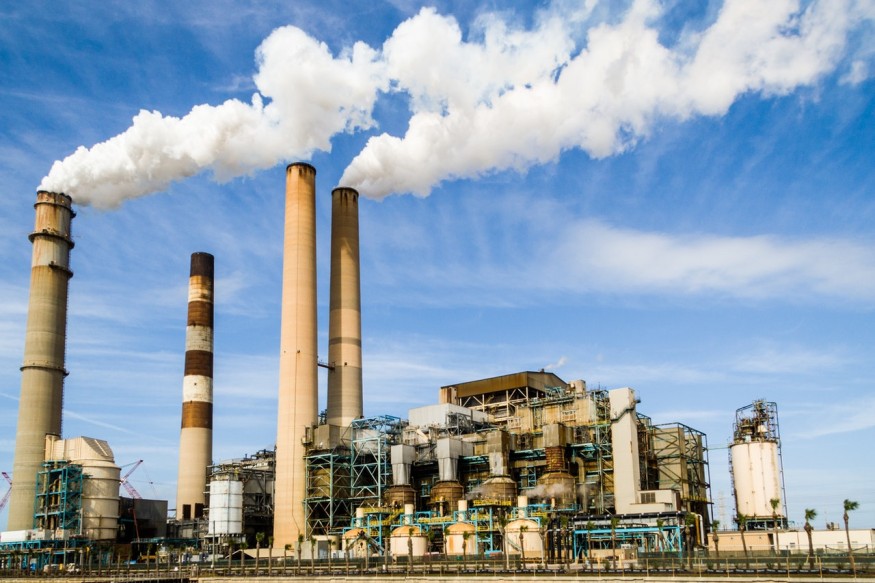Scientists have developed a new method to make chemical reactions more efficient than traditional experiments. The main interest of the study is to improve specific chemical reactions that are frequently used for industrial purposes.
Industrial Chemical Reactions

Among the target processes of the study are electromechanical reactions. This chemical process utilizes the advantage of catalysts and can produce some of the well-known industrial chemicals we produce and use in manufacturing and daily essentials. Using electromechanical reactions with catalysts as its main component can construct fuels, electricity, and other materials. Electromechanical reactions are also used for accumulating and storing renewable chemicals, which is a common approach in transport fuel decarbonization.
Massachusetts Institute of Technology MIT has recently proposed a new approach in making these known catalysts more active to ensure the efficiency of the various industrial chemical processes. Based on the study, the target chemical reactions by yielding catalysts could increase its efficiency by 5 times.
Catalysis has all the advantages to enable chemicals to undergo complex processes in electrochemistry and biochemistry, environmental chemistry, and organic chemistry. The study was lead by MIT's Electrochemical Energy Laboratory, Research Laboratory of Electronics, Department of Mechanical Engineering, and Department of Materials Science and Engineering expert Yang Shao-Horn.
Catalytic Surfaces for Efficient Decarbonization
The selected process of the research involves a specialized layer known as an ionic liquid. This layer is placed between a chemical feedstock and a preferred catalyst such as gold or platinum. Through this process, catalysts will be formed that could induce a better conversion efficiency. Among the conversions that could manage these catalysts are carbon dioxide to fuel and hydrogen fuels' power cells into power devices.
Shao-Horn mentioned in a report by MIT News that based on the latest IPCC report, an urgent solution must be conducted for us to decarbonize all of the current technology available today. These processes include how we manufacture fuels, materials, and even chemicals. In addition, the expert mentioned that we should exceed our efforts to decarbonize the already developed light-duty vehicles.
Electromechanical devices are among the most promising solutions for more efficient decarbonization if fused with hydrogen. Moreover, the fuel cells produced through these processes can decarbonize more heavy-duty transportation vessels on land and in the aviation industry.
Inefficiency is one of the few targets problems of oxygen reduction reactions. Numerous studies have already been laid out to improve the efficiency by utilizing catalysts materials, modifying the chemical's structure, and engineering its composition altogether.
The new research, however, did not use the method of modifying the solid surfaces. Instead, the experts added a thin, specialized layer of the compatible catalysts between the chemical reaction's basis of an active material called electrolytes. This approach was the best for chemical reactions as the thin layers were discovered to regulate protons. In this way, chemical reactions could speed up whenever it is modified on the overall interface. The study was published in the journal Nature Catalysis, titled "Enhancing Oxygen Reduction Electrocatalysis By Tuning Interfacial Hydrogen Bonds."
RELATED ARTICLE : Rare-Earth Element Terbium Used in Cellphones May Now Be Easily Detected With Newly Developed Protein Equipped Sensor
Check out more news and information on Chemistry in Science Times.
© 2025 ScienceTimes.com All rights reserved. Do not reproduce without permission. The window to the world of Science Times.












